normal skin
"Normal" is a term widely used to refer to skin in good balance. The scientific term for well-balanced skin is "eudermic."
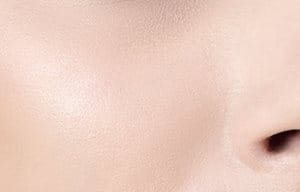 |
Normal skin is well balanced: not too oily and not too dry. |
Dry Skin
Dry" is used to describe a skin type that produces less sebum than normal skin. As a consequence of a lack of sebum, dry skin lacks the lipids it needs to retain moisture and form a protective shield against external influences.
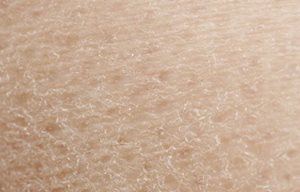 |
Dry skin can feel tight and rough, with a dull appearance. |
|
Oily skin
Oily" is used to describe a skin type that has high sebum production. This excessive production is called "seborrhea."
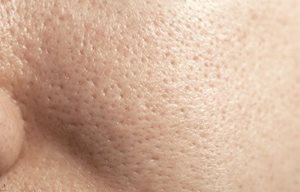 |
Oily skin has shine and visible pores. |
Mixed skin
Combination skin is, as the name suggests, skin that consists of a mix of skin types.
 |
Skin types vary, between T-zone and cheeks with combination skin. |
types of acne
Acne vulgaris.
This is the most common type of acne. It is also the least serious and the one that appears in adolescence..
Cystic acne.
It is one of the most serious forms. It is characterized by the appearance of cysts, papules and pustules that cause a lot of pain. The lesions are also larger than in acne vulgaris.
Acne conglobata.
It is a very serious form of acne in which there are always multiple nodular-cystic elements joined together to form large abscesses that drain to the skin surface through fistulas and that, when reabsorbed, leave significant scars.
It is a chronic skin condition consisting of swelling of the cheeks, nose, chin, forehead, or eyelids, which may appear as redness, prominent spider-like blood vessels, swelling, or rashes resembling to acne.
It mainly affects the face, around the mouth and on the chin, but also sometimes. It occupies the entire face, neck, and even the chest and back. It can be of two types:
Persistent acne since adolescence.
Sufferers have lesions most days and may experience menstrual flare-ups.
Late-onset acne.
It appears for the first time in adulthood, for no apparent reason. Genetics, tobacco and hormones play an important role in its appearance and persistence.




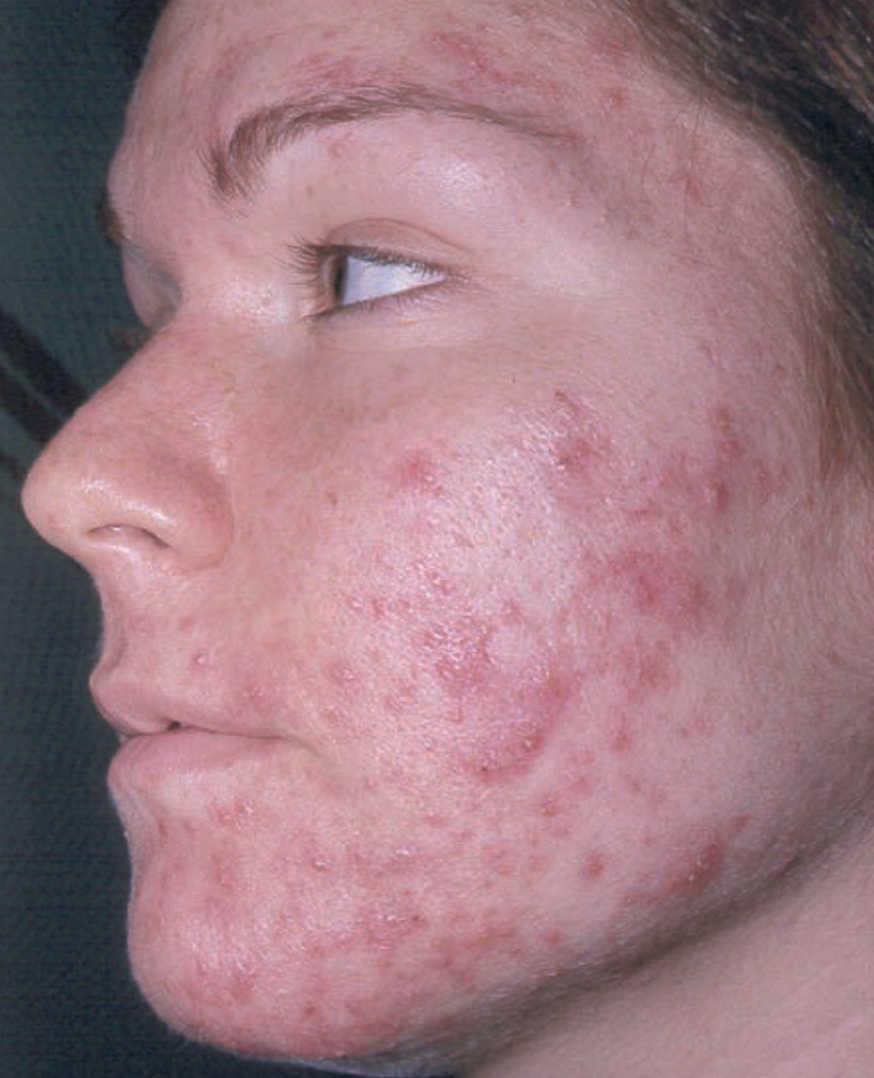
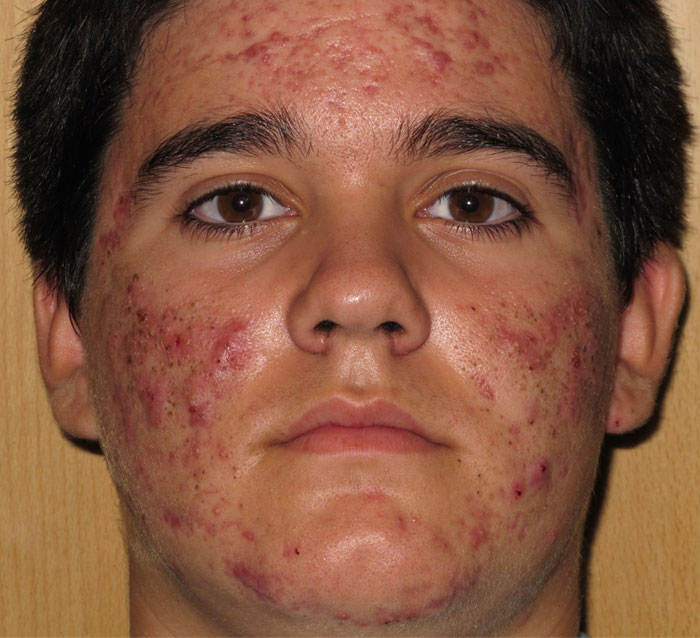

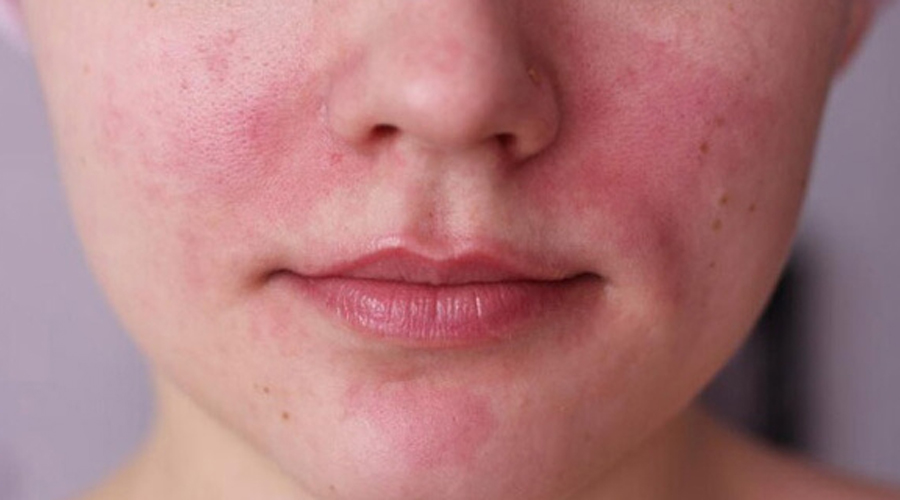



Comentarios
Publicar un comentario